Triptych refers to art that is made up of three panels. The term originates from the Greek word ‘triptykhos’, meaning ‘three-layered’ or ‘three folds’.
The panels that form a triptych are often attached to one another with hinges, allowing the two outer panels (or wings) to fold inward and cover the central panel. However, contemporary triptychs are often framed together, or simply displayed alongside one another. In this post, I cover:
- Brief History and Purpose of Triptych Art
- More Examples of Triptych Art
- Want to Learn More?
- Thanks for Reading!
Below is a triptych by Frederick McCubbin named The Pioneer:

The first panel features a pioneering young couple in the Australian bush. The man is building a fire in the background whilst the woman ponders in the foreground.
The second panel features a couple with a newborn. There is more light showing through the trees in the background and a small house has been built.
The final panel features a male subject who is at a grave. It is uncertain if the subject is the pioneer from the earlier sections, the son of the couple or a stranger passing by. The bush in the background has been cleared and a city is emerging.
Another notable triptych artwork is Three Studies of Lucian Freud by Francis Bacon. It was sold for US$142.4 million in 2013.
Brief History and Purpose of Triptych Art
Triptych paintings first appeared in early Christian art beginning in the Middle Ages. Created as altarpieces, their primary function was to serve as an aid to devotion or prayer. Typically, the central composition shows the main narrative of the story, while the left and right panels include additional details and, sometimes depict the patrons or commissioners of the painting.
The three-panel format of a triptych had several interesting meanings and functions:
- The hinges made it easier to store and transport the painting since it would be smaller and more compact when folded, while also protecting the painted surface.
- Often, the artists would paint additional scenes on the reverse of the wing panels, which would be visible when the wings were folded over and closed.
- The concept of three panels reflects the idea of the holy trinity, an important concept in Christianity.
- The large central panel with two smaller wings on either side echoes the architecture and design of Christian churches.
- Because many triptych paintings were created as altarpieces, the horizontal format of the triptych was likely chosen to mimic the horizontal form of the altar.
- Triptychs are often supposed to be read from left to right.
One of the most famous triptychs is Hieronymous Bosch’s Garden of Earthly Delights:

Painted between 1490 and 1510, this is not a typical triptych of the period due to its surreal subject matter. Because of this, historians believe that it was not created for a religious setting, but instead commissioned by an individual. Read from left to right, we can see the creation of man, followed by the temptations humans are faced with, and finally, the consequences of falling victim to those temptations.
Bosch painted an additional scene on the reverse of the outer panels, which can be seen when the wings are closed. Netherlandish artists like Bosch often painted these exterior scenes in grisaille, or gray and neutral tones, as a contrast to the bright colors on the inside of the painting.

More Examples of Triptych Art
Below are some more examples of triptych art by the masters:



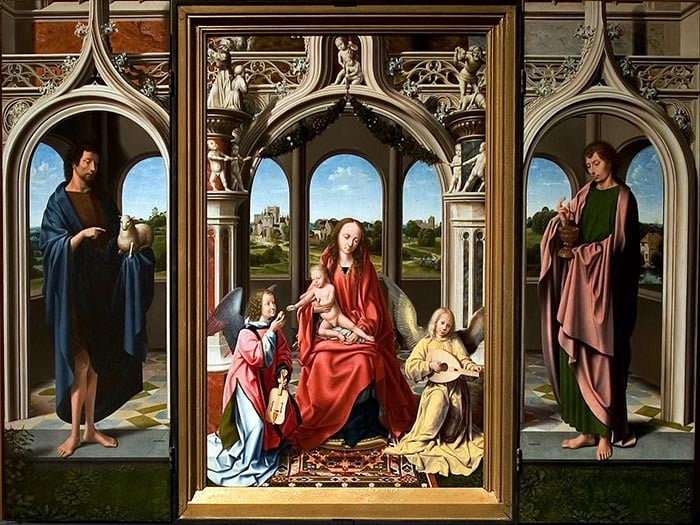
Want to Learn More?
You might be interested in my Painting Academy course. I’ll walk you through the time-tested fundamentals of painting. It’s perfect for absolute beginner to intermediate painters.
Thanks for Reading!
I appreciate you taking the time to read this post and I hope you found it helpful. Feel free to share it with friends.
Happy painting!
Dan Scott

Draw Paint Academy

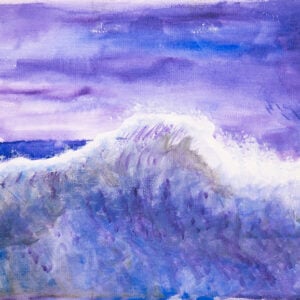
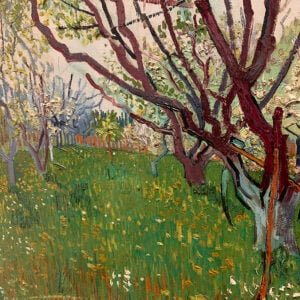
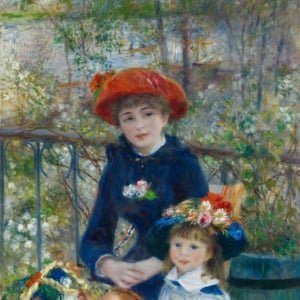
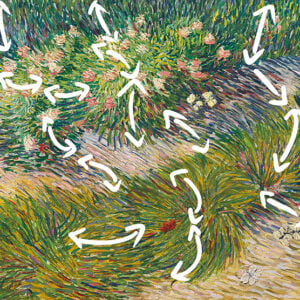
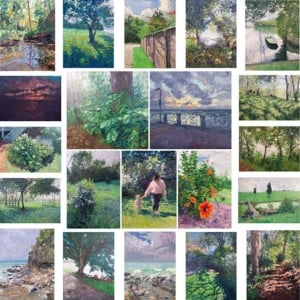
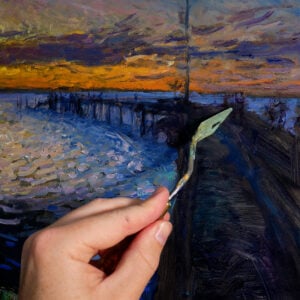
Very interesting read
Thank you for taking time to put this article together. Very informative.